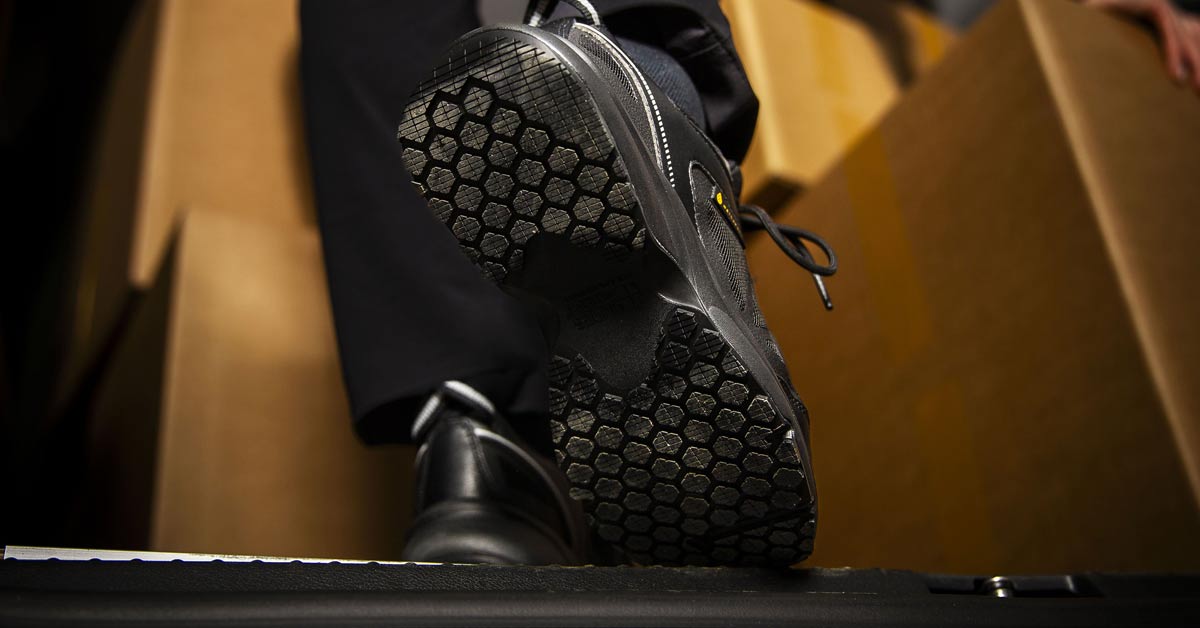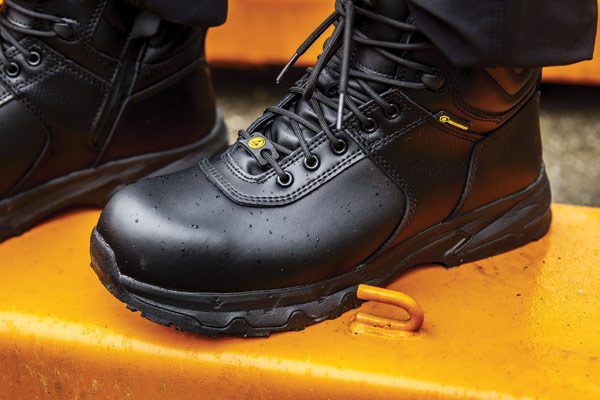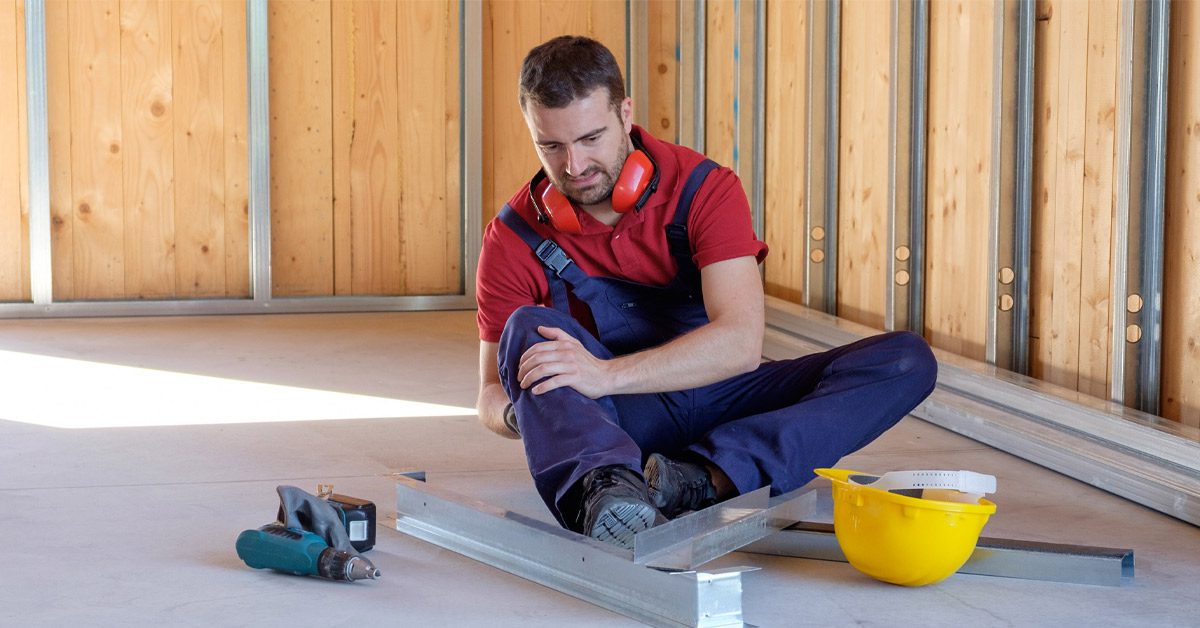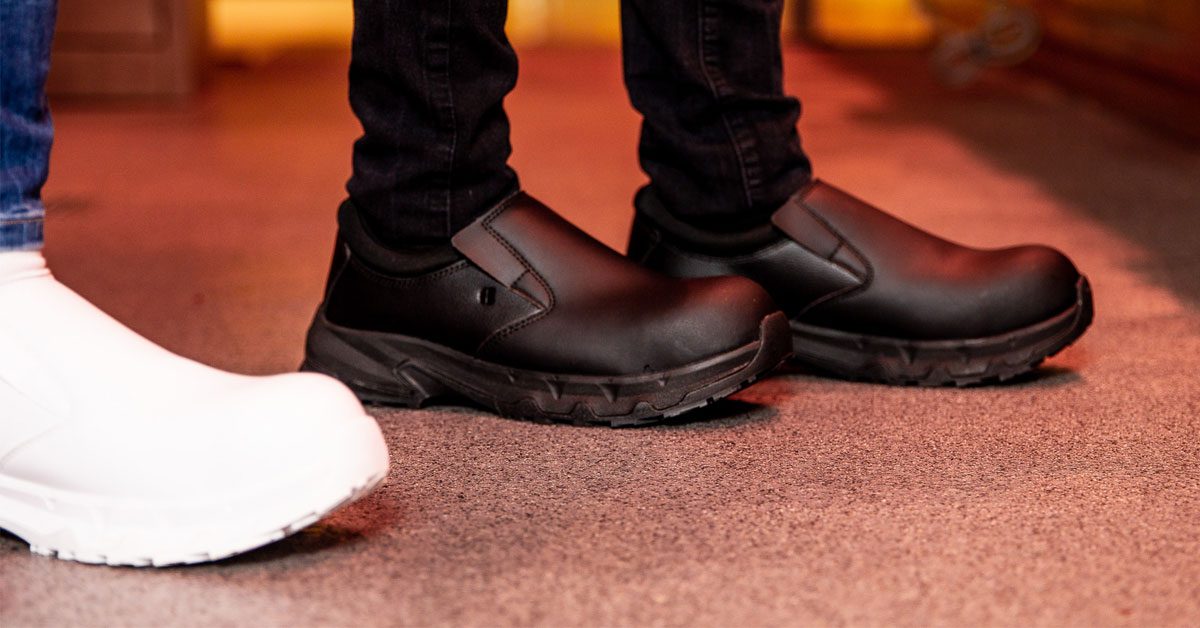Slip-resistant shoes are designed and tested to reduce the risk of slipping, often in accordance with specific industry standards. They are particularly valuable for workers who regularly encounter slippery surfaces. Although slips, trips and falls may seem minor, they can pose serious health risks: according to the HSE, they account for 31% of all non-fatal reported injuries. In environments where spills, drips, splashes, moisture and slick surfaces are present, understanding what makes a shoe non-slip or slip-resistant is key to reducing the risk of accidents at work.
Shoes For Crews’ superior slip-resistant technology provides excellent grip and traction, helping to avoid potential workplace accidents. Read on for an in-depth look at the features that slip-resistant shoes must have, and how our footwear solutions can help to create a safer working environment no matter your industry.
1. Materials
High-grade rubber is the most common material used in non-slip or slip-resistant shoes due to their excellent grip and friction properties on dry and wet surfaces alike. An outsole designed for the HoReCa industry must perform well on greasy surfaces, while an outsole for emergency personnel needs to ensure safety on any terrain and in all weather conditions.
Furthermore, workers in sectors such as manufacturing, construction, food and drink production, law enforcement and healthcare, must wear safety shoes or boots, which usually feature steel or composite toe caps for protection against falling objects and injuries from operating heavy machinery. These materials complement and enhance the performance of slip-resistant footwear.
2. Surface area
More space between the lugs on a shoe’s outsole means better slip resistance. The base is usually broader to enhance balance, and some styles have built-in features such as arch support to improve sure-footedness further. Generally, a shoe with a smaller, tighter pattern across a larger surface area provides better grip during fast, sudden changes in movement. This is ideal for job roles involving quick pivots and turns.





